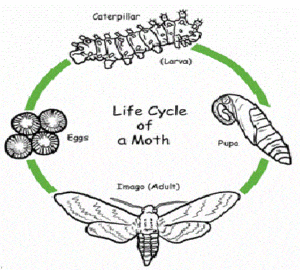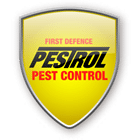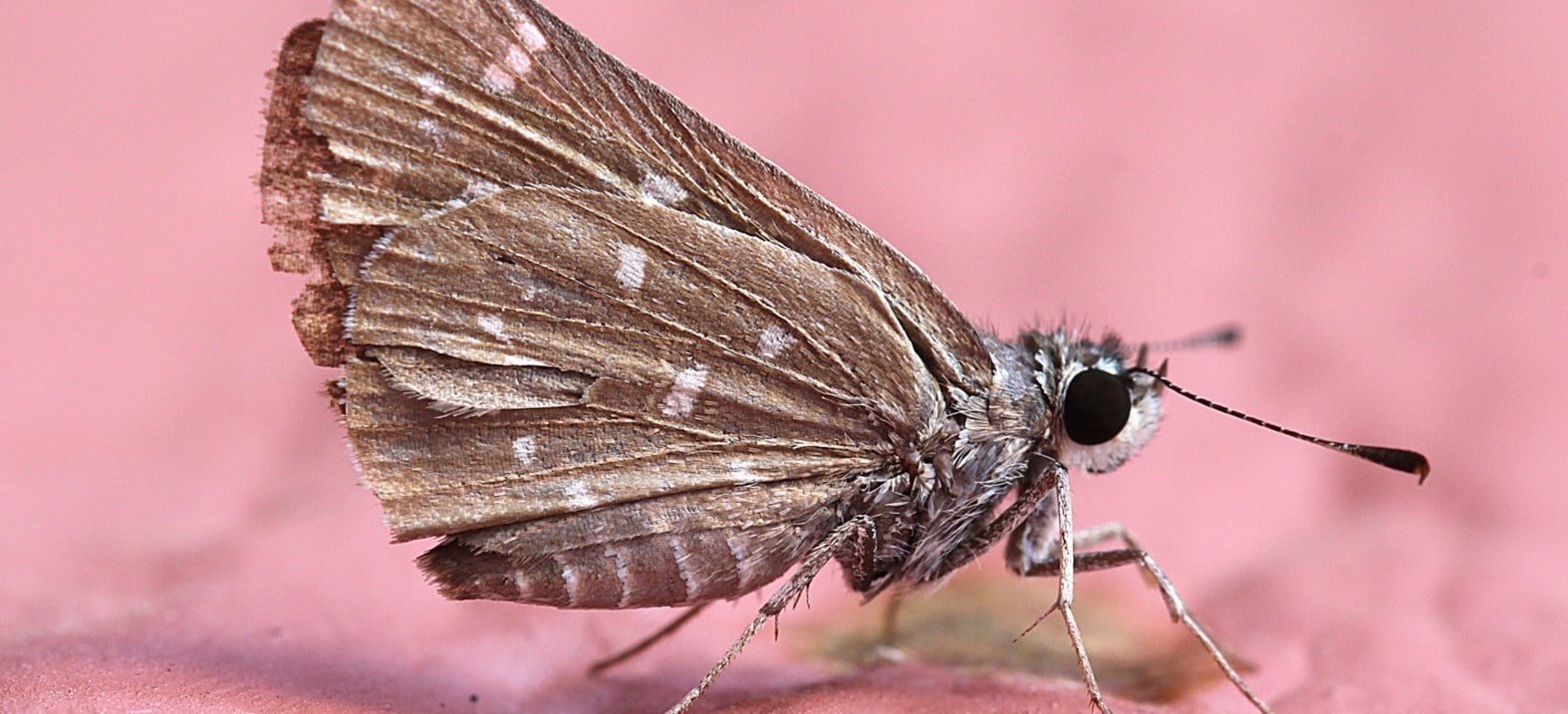Do you think you have a pantry moth or clothes moth infestation? Read up on infestation signs, prevention and control .
Jump To Section:
Moth lifecycle
How do moths damage property?
How do moths come into your home?
Are moths harmful?
Signs of a moth infestation
How do you prevent a moth infestation?
Controlling moths – how to
Moths are a group of insect species that are closely related to butterflies. While butterflies are typically larger with colourful patterns on their wings, however, moths are usually smaller with drab-coloured wings. Although there are thousands of moth species in the world, only a handful invade homes – the most common home invaders being the clothes moth and the pantry moth.
Depending on which of the two moth species invades your home, you can either have clothes moths- noshers that chew through your clothes or pantry moths- those that devour your stored food in the pantry. And in the worst-case scenario; both. An infestation by either clothes moths or pantry moths could cause serious damage to your property if not identified and controlled early. But to effectively control these moths, you’ll first need to have a more in-depth understanding of moths as pests.
Life Cycles Of Moths

Source: http://philepidoptera.wixsite.com/moths/lifecles
View our moth control products >
How do moths damage property?
Moths, similar to their close relatives, the butterflies, go through a full metamorphosis in their development, i.e. egg, larva, pupa and adult. The female moth, once it has mated, will look for a good spot where there’s readily available food to lay her eggs. For pantry moths, that’s inside food containers while for clothes moths it’s in some closet, or any other place clothes are stored.
Within a couple of days, the eggs will hatch to larvae, also referred to as caterpillars. It’s at this stage that these home invading moth species are most destructive. The moth larvae will devour the “food” around them (clothes or dry foodstuffs, depending on species) to acquire the nutrients they need for further development. During this time they’ll moult several times as they increase in size and when ready, will morph into the pupal stage.
Later the immature moth will emerge from its cocoon a fully developed moth. Although adult moths are responsible for breeding the destructive caterpillars, they in themselves are not harmful as they lack the mouthparts to consume solid materials and rely on liquids such as nectar for their nutrition.
View our moth control products >
How do moths come into your home?
So how do moths find their way into your home? Two ways, moths either fly into your house or you bring them in yourself – yes, you. Pantry moths will usually fly into your house at night when your lights are on as they are attracted to light sources. Once inside they’ll find their way into your food storage area and make it their breeding place.
Unlike pantry moths, however, clothes moths dislike light and prefer darkness. They are, therefore, more likely to fly into your house at night when the lights are off.
Moths can also find their way into your home through the items you bring in. For clothes moths, It’s clothes that have eggs or larvae on them while for pantry moths it’s infested foodstuff, more specifically dry foodstuffs such as grains and cereals.
Are pantry moths or clothes moths harmful?
To humans, moths are harmless as they do not bite or sting. They are also not known for spreading diseases, but they could contaminate food and surfaces which could potentially cause illness to humans.
Although they are not directly harmful, moths (more specifically, moth larvae) can cause serious and expensive damage to your property. Clothes moths will damage your clothes made of natural fibres including wool, fur, cashmere and cotton among others. Pantry moths, on the other hand, will feed on your stored dry foods including grains, dried fruit, dry pet food, crackers, chocolate, cereals, cornmeal etc. rendering them unfit for consumption.
View our moth control products >
Signs of a clothes moth or pantry moth infestation
How do you know that you have a moth infestation? Well, there’re a couple of signs that you can look out for to catch moth infestations before they take root and cause any significant damage. The signs of an infestation vary and will depend on the type of moth.
- Clothes moths. Clothes moths are photophobic and, therefore, won’t be seen flying around near light sources like other moths. To find out whether you have a clothes moth infestation, you will need to check your clothes for damage caused by the feeding larvae. You might also encounter adult clothes moths hiding in your closet and other dark, rarely accessed areas. Cocoons, webbing and even droppings could also be indicators of an infestation.
- Pantry moths. Pantry moths, unlike clothes moths, are attracted to light. It’s, therefore, quite easy to spot them flying around lights at night. Another tell-tale sign of a pantry moth infestation is damaged food that may contain cocoons, live larvae, and/or webbing.
How do you prevent a clothes moth or pantry moth infestation?
By this point, you already know how moths get into your house. So what can you do to keep them out? Here are some tips:
-
- Install insect screens on your windows, doors and vents. These screens will ensure that critters, including moths, don’t get into your house through open doors and windows or through your vents.
- Cover openings. Gaps in your wall should be identified and covered to prevent moths from getting into your house.
- Vacuum regularly. Vacuuming regularly especially under your large furniture will remove eggs before they hatch, and other moths in different stages of development.
- Store your textiles properly. Clothes that will be stored for extended periods of time should be stored in suitcases or sealed plastic bags where adult moths cannot get in and lay eggs.
- Clean your clothes. Moths are more attracted to soiled or dirty garments than they are to clean ones. So make sure always to wash your clothes before you store them.
- Store your food well. Make sure your dry foods are stored in sealed containers that cannot be breached by adult moths looking to lay eggs.
Taking the above measure will significantly reduce your chances of having a moth infestation. But what if you already have one?
View our moth control products >
Controlling pantry moths and clothes moths – How to
If you already have a moth infestation in your house, here’s how you can get rid of it:
- Throw out infested food. Food that has been infested by pantry moth larvae cannot be salvaged. The only thing you can do is identify all the affected products and toss them out. This will get rid of the eggs and larva.
- Wash your clothes. If a moth infestation has already taken root in your closet, remove all its contents including clothes, suitcases and bags and wash them. Anything that can be dried in high heat should be put in the dryer for at least 15 minutes on the maximum setting while everything else that cannot be exposed to high heat should be kept in a freezer (after drying) for several days for the eggs to be destroyed.
- Use an insecticide. Use a pyrethrin insecticide to kill adult moths as well as their larva. You need to re-apply the insecticide multiple times to ensure that all the moths are killed, even the newly hatched caterpillars. Using an automatic pesticide dispenser should make your work easier.
View our moth control products > займ экспресс просрочкаобналичивание материнского капитала через займзайм под материнский капитал омск




